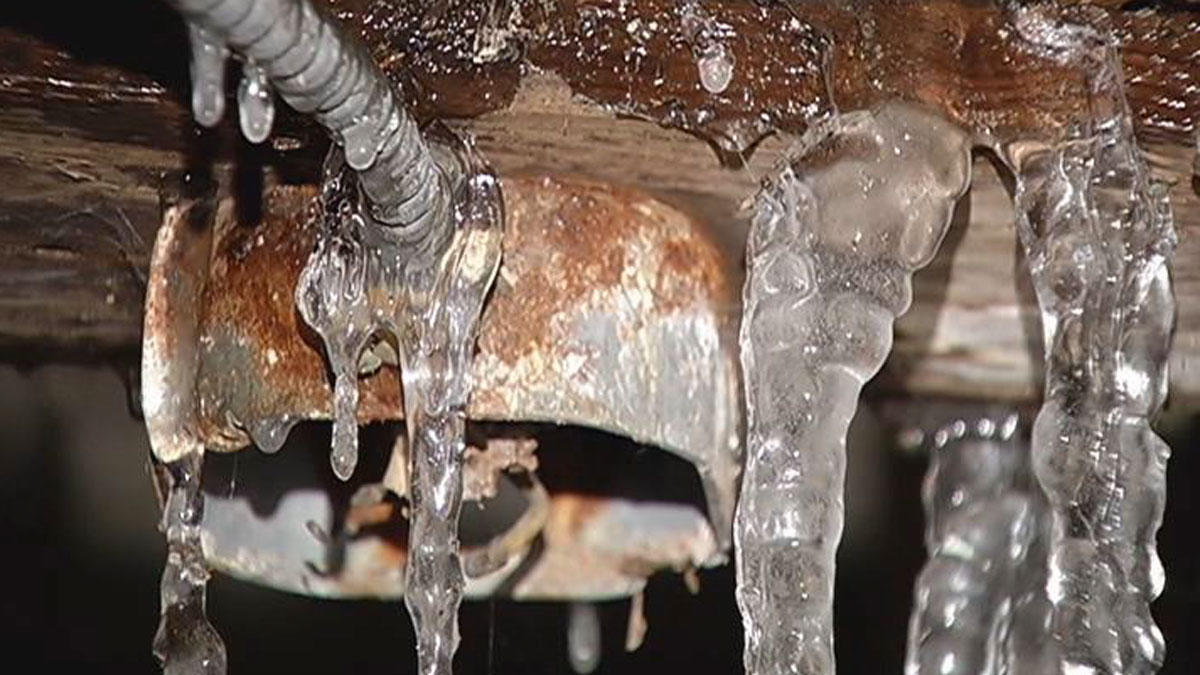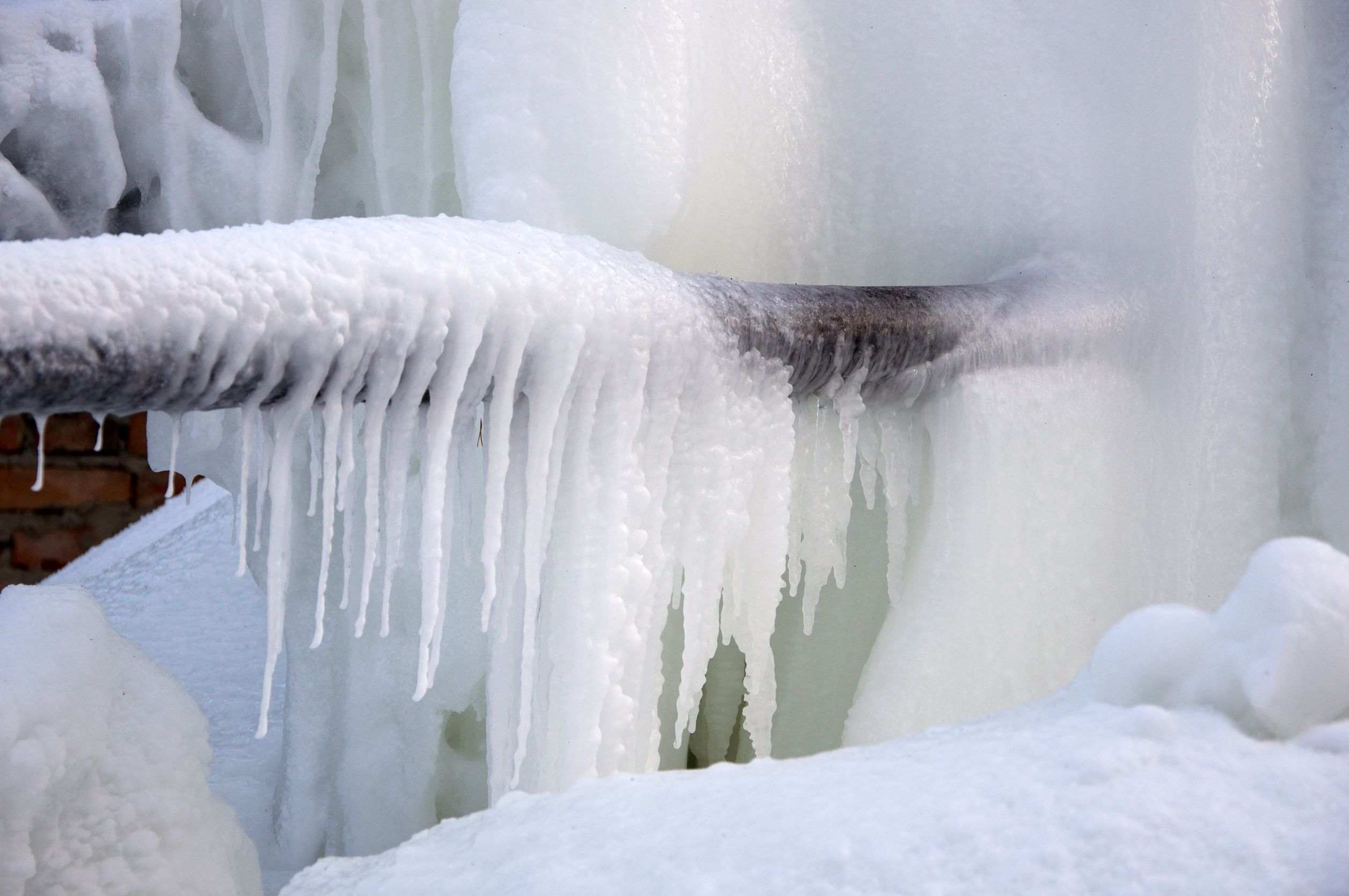Tips to Safeguard Your Pipes from Cold Weather: Professional Tips
Tips to Safeguard Your Pipes from Cold Weather: Professional Tips
Blog Article
We have uncovered this post involving Winter Plumbing Precautions: Preventing Frozen Pipes below on the web and think it made sense to write about it with you on this page.

Winter can wreak havoc on your plumbing, particularly by freezing pipes. Below's just how to prevent it from taking place and what to do if it does.
Introduction
As temperatures drop, the threat of icy pipes rises, possibly causing pricey repairs and water damages. Understanding how to prevent frozen pipes is crucial for homeowners in chilly climates.
Prevention Tips
Insulating at risk pipes
Cover pipes in insulation sleeves or utilize warmth tape to shield them from freezing temperature levels. Focus on pipes in unheated or external locations of the home.
Home heating techniques
Keep interior areas adequately heated up, particularly areas with plumbing. Open up cabinet doors to allow cozy air to distribute around pipes under sinks.
Exactly how to determine frozen pipelines
Try to find reduced water flow from taps, unusual smells or sounds from pipelines, and visible frost on subjected pipes.
Long-Term Solutions
Structural changes
Take into consideration rerouting pipelines away from outside walls or unheated locations. Include additional insulation to attic rooms, cellars, and crawl spaces.
Upgrading insulation
Buy high-quality insulation for pipelines, attic rooms, and walls. Proper insulation helps preserve consistent temperature levels and decreases the threat of icy pipelines.
Shielding Outdoor Pipes
Garden hose pipes and outside taps
Disconnect and drain garden pipes before winter months. Set up frost-proof spigots or cover outside taps with shielded caps.
Recognizing Frozen Pipes
What creates pipes to ice up?
Pipelines ice up when exposed to temperature levels below 32 ° F (0 ° C) for extended durations. As water inside the pipes freezes, it expands, putting pressure on the pipeline wall surfaces and potentially causing them to burst.
Risks and damages
Icy pipelines can lead to water interruptions, property damages, and pricey repair services. Ruptured pipelines can flooding homes and trigger substantial structural damages.
Indications of Frozen Piping
Determining icy pipelines early can stop them from rupturing.
What to Do If Your Pipelines Freeze
Immediate actions to take
If you suspect icy pipelines, keep taps available to alleviate pressure as the ice thaws. Utilize a hairdryer or towels taken in warm water to thaw pipes gradually.
Verdict
Protecting against icy pipes calls for positive actions and fast actions. By understanding the reasons, signs, and safety nets, homeowners can protect their plumbing during winter.
5 Ways to Prevent Frozen Pipes
Drain Outdoor Faucets and Disconnect Hoses
First, close the shut-off valve that controls the flow of water in the pipe to your outdoor faucet. Then, head outside to disconnect and drain your hose and open the outdoor faucet to allow the water to completely drain out of the line. Turn off the faucet when done. Finally, head back to the shut-off valve and drain the remaining water inside the pipe into a bucket or container. Additionally, if you have a home irrigation system, you should consider hiring an expert to clear the system of water each year.
Insulate Pipes
One of the best and most cost-effective methods for preventing frozen water pipes is to wrap your pipes with insulation. This is especially important for areas in your home that aren’t exposed to heat, such as an attic. We suggest using foam sleeves, which can typically be found at your local hardware store.
Keep Heat Running at 65
Your pipes are located inside your walls, and the temperature there is much colder than the rest of the house. To prevent your pipes from freezing, The Insurance Information Institute suggests that you keep your home heated to at least 65 degrees, even when traveling. You may want to invest in smart devices that can keep an eye on the temperature in your home while you’re away.
Leave Water Dripping
Moving water — even a small trickle — can prevent ice from forming inside your pipes. When freezing temps are imminent, start a drip of water from all faucets that serve exposed pipes. Leaving a few faucets running will also help relieve pressure inside the pipes and help prevent a rupture if the water inside freezes.
Open Cupboard Doors
Warm your kitchen and bathroom pipes by opening cupboards and vanities. You should also leave your interior doors ajar to help warm air circulate evenly throughout your home.

We hope you enjoyed our post on 6 Ways to Prevent Frozen Pipes. Thank you for finding the time to browse our blog. Are you aware of another individual who is inquisitive about the subject? Take a moment to share it. Thanks so much for going through it.
Click Here Report this page